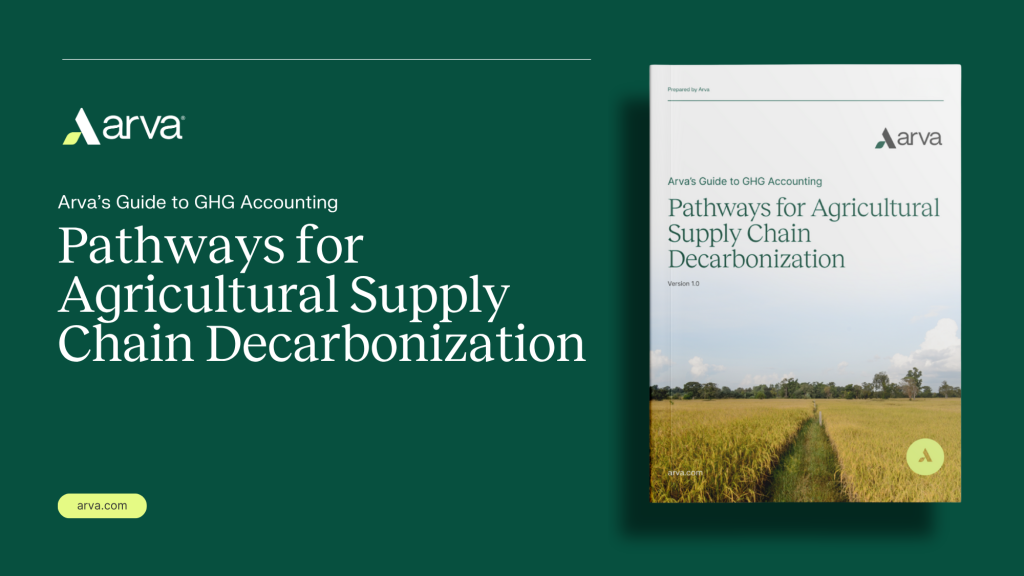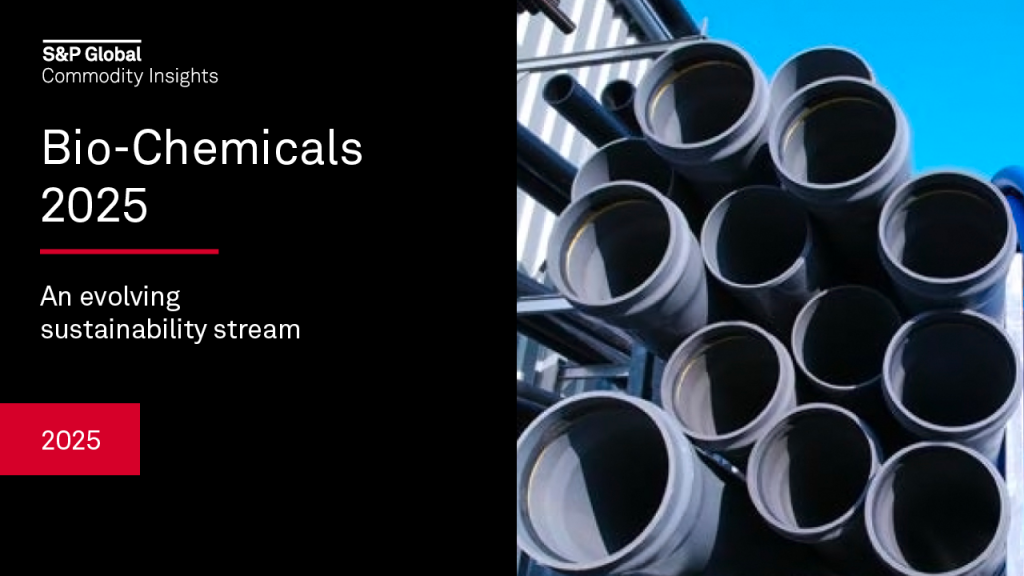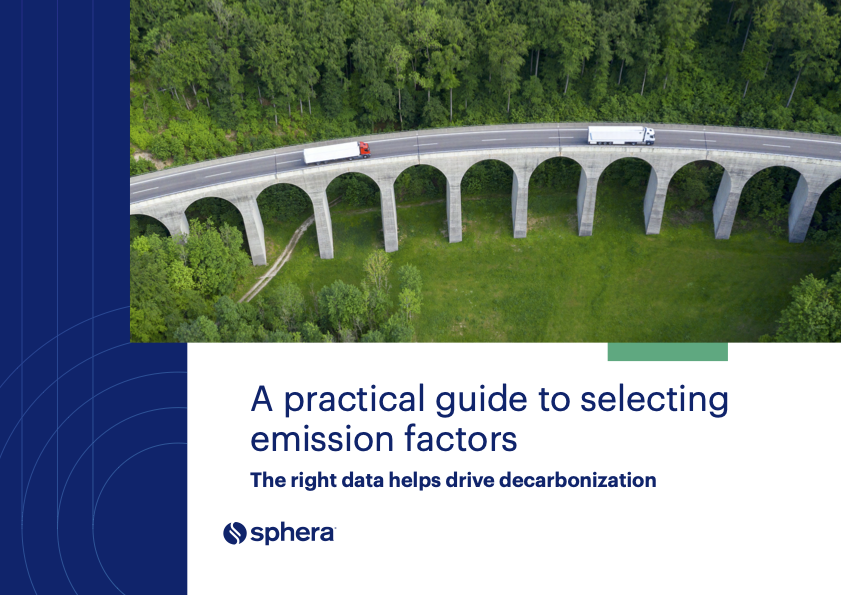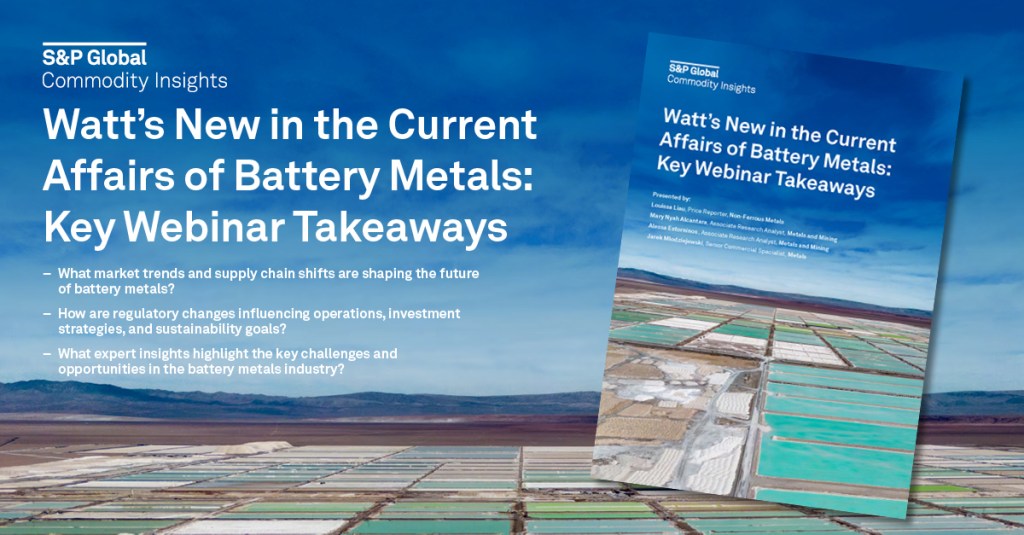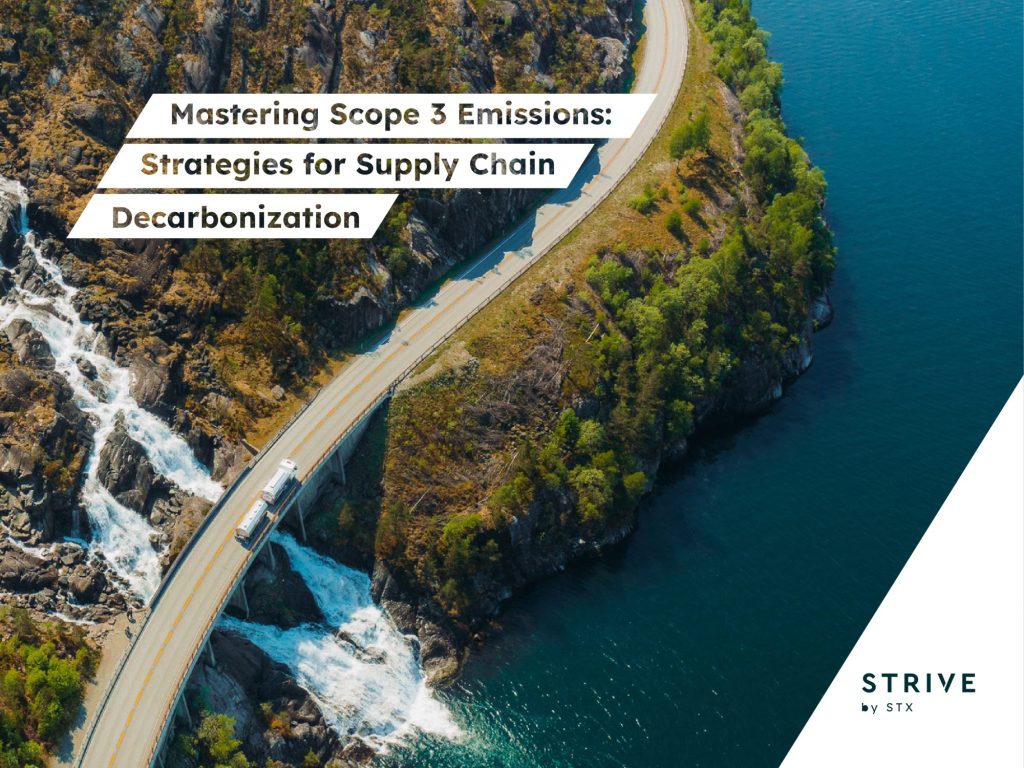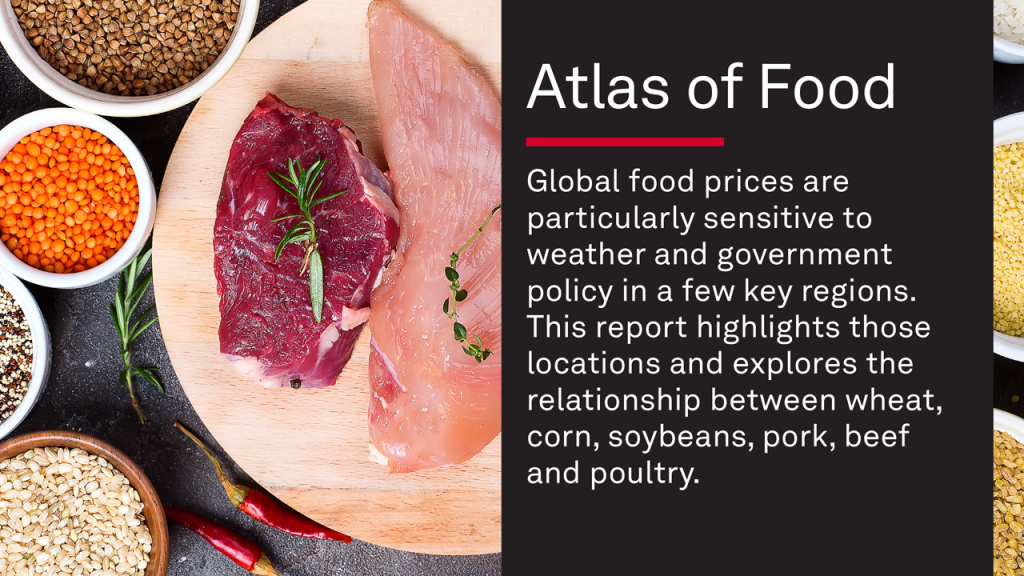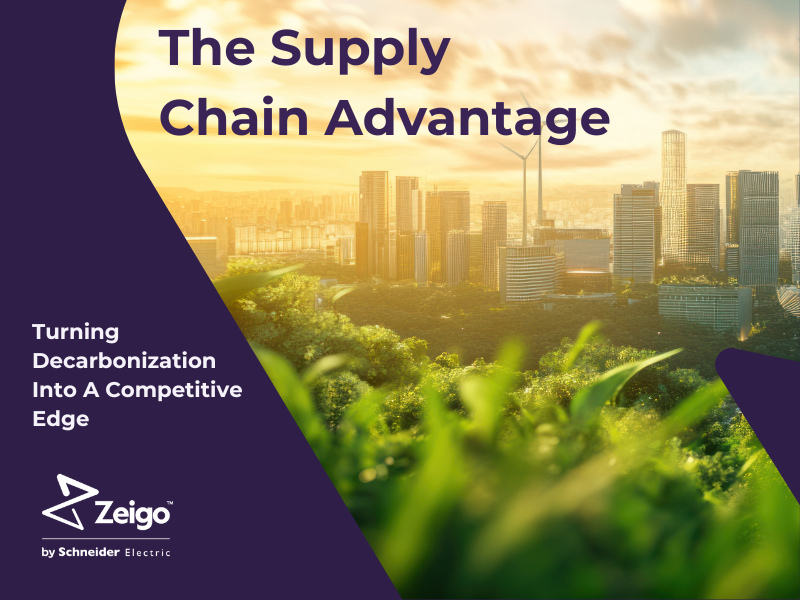What GRI G4’s value-chain assessment means to your company
The biggest change in the Global Reporting Initiative's proposed guidelines requires companies to expand the boundary of the report by doing a value-chain assessment. Read More
As the Global Reporting Initiative finalizes the G4 Reporting Guidelines later this year, companies are anxious to understand the implications for their organizations. The proposed guidelines will most likely force increased transparency around specific topics like governance practices and pay, but the biggest transformation will come from the changing emphasis on the report’s boundary.
Currently, the G3.1 standard allows the company to determine the boundary of the report—which more often than not equates to the material issues impacted by the company’s owned and operated facilities. The G4 standard requires a broader look by asking companies to conduct a value-chain assessment to understand where their biggest impacts occur both upstream and downstream—regardless of whether or not those impacts are within their control.
How is a value-chain assessment conducted?
Value-chain assessments begin with a high-level mapping of one or more of a company’s key products or services. Mapping the value chain from raw material inputs through end-of-life allows the company to understand key stages in the product’s lifecyle. Next the company collects information on impacts at each stage in the process. These impacts may range from environmental impacts such as greenhouse gas emissions and waste production to social impacts such as labor practices or governance risks. Data can either be actual (which can be time-consuming to trace and collect) or proxy data from respected lifecycle management databases that allows the company to approximate impacts. The result is an identification of “hotspots” that the company should consider when putting together its materiality assessment.
What are the implications?
While leading companies have already begun to dissect the impacts of their value chains through product lifecycle assessments, others are just beginning to understand the impacts of their major suppliers. For those new to this type of analysis, this overlay adds another level of complexity to the materiality assessment and will most likely add to the already long list of material issues that companies already address in their reports. To complicate matters further, the largest impacts often lie outside of the company’s control. Timberland, for example, reports that only 4 percent of its greenhouse gas emissions come from the facilities it operates or business travel whereas 96 percent is due to the production of raw materials, inbound transportation and manufacture at finished product factories. And accurate data regarding actual impacts is often difficult to collect without additional surveys or audits.
To ensure that reports are readable, companies will need to take a hard look at what is truly material to their business as well as what they can reasonably influence. The benefit could be that companies no longer disclose information on such a wide range of topics, but narrow the definition to 15 or so key performance indicators that most influence corporate strategy, providing either a business opportunity or helping to manage business continuity risks. Companies can then begin to focus limited resources on those areas where they can make the biggest difference for society and for their bottom line.
The Silver Lining
While the additional tasks seem daunting, there may be a silver lining to this quest. A value-chain assessment doubles as a business strategy tool. From a business continuity perspective, this analysis may uncover previously unknown ‘hotspots’ that pose substantial business risks. Or, in identifying high impact areas, such as significant greenhouse gas emissions in a particular portion of the value chain, companies may be able to work with suppliers to rework product design or make process improvements to not only reduce emissions, but also lead to product innovations or reduce costs. By helping companies think outside of their ‘owned-and-operated’ box, the new standard will hopefully drive more companies to understand their entire value chain, thereby allowing them to make more strategic decisions for their businesses while creating more meaningful reports for stakeholders.
Image of logistics cycle by phipatbig via Shutterstock

Subscribe to Trellis Briefing
Featured Reports

